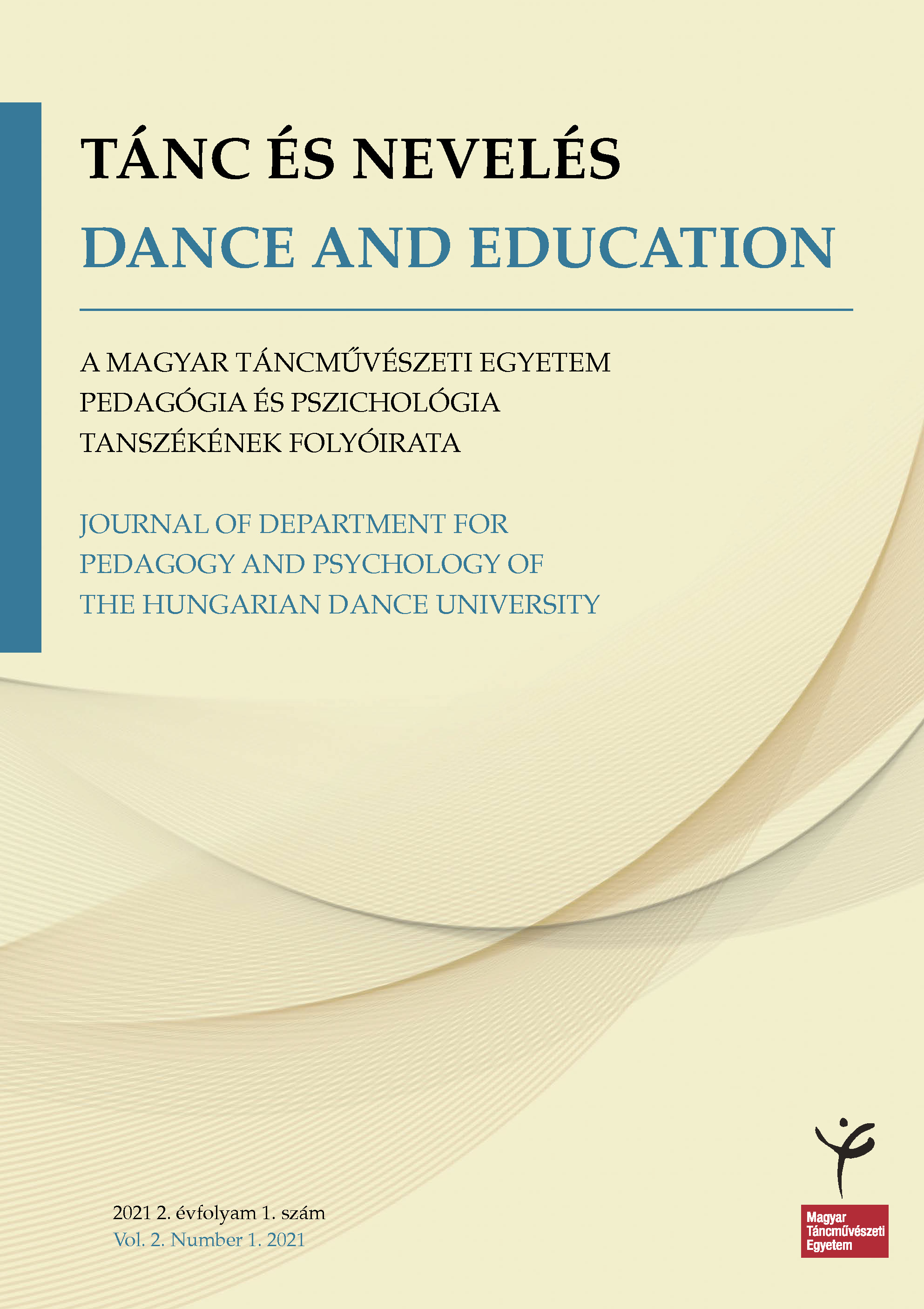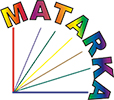The Role of School Dances in the First Half of the 20th Century
Ritual-Centric Examination of the Fortepan Visual Database
Abstract
In the first half of the twentieth century, photography allowed families and groups to capture important moments. In the 1920s and 1930s, cheaper and simpler cameras appeared on the market, which became available to many people. It was the Kodak revolution. The intimate family spaces opened; the everyday life of the schools became visible. The Fortepan visual database is a collection of such photographs taken between 1900 and 1990. As a cultural imprint of the time, the photograph has become a new source for researchers to observe a symbolic world we know little about. The oldest communication medium is the human body, so its movement in space can take cultural anthropological and pedagogical anthropological research to a whole new level. Rituals interarm everyday life, forming a transition between past, present, and future. It creates community, order. School celebrations are a good way to see hidden content that settles social conditions. The research looks at how school dances appeared in the 1920s and 1930s and how school dances changed to different social influences, and what ritual elements appear in them.
Copyright (c) 2021 The author

This work is licensed under a Creative Commons Attribution 4.0 International License.







4.png)
